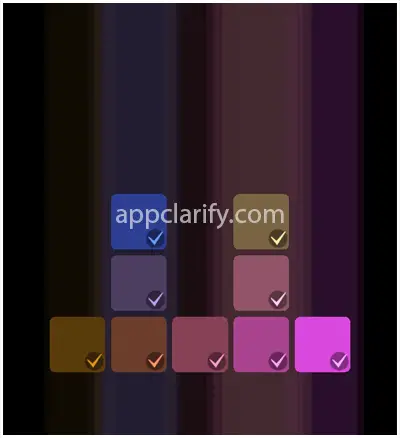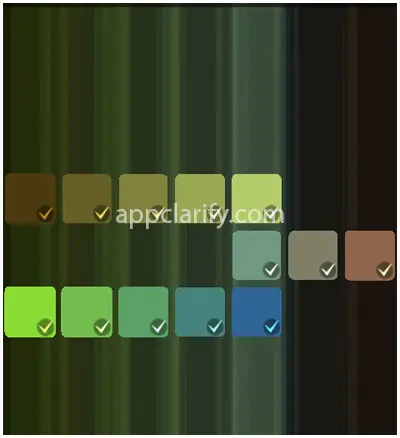


#Blendoku medium 150 how to#
Information on the back of each card shows how colors are mixed, how to reach the intensity, and where the value falls on a scale of 1 to 100. It’s different from the way we traditionally think about color theory, but it is a more thorough and intuitive way of dealing with color. The color cube you can create asks you to look at color in three dimensions, organized by hue, value, and intensity. Try and create a color flow or mix the cards up and see if you can get them back in sequence! In fact, if you’re a fan of Blendoku, BreakThroughColour is kind of like an analog version, as you can manipulate the deck of cards in much the same way. More importantly, though, they do an incredible job of teaching advanced color theory. They can work really well for teaching the basics–organizing colors by family, matching hue to value, and playing with color schemes. I just got my hands on a couple sets of these cards, and let me tell you something. Blendoku 2 was just recently released as well and is worth your time. It begins simply, but as you progress, the color changes become extremely subtle and the grids become more complex. You make connections between hues, sorting them into all kinds of different columns. It’s a great game for training your brain to see color flows. If your students are really fascinated by this game, have them take a look at the Blendoku app for your phone or device. It’s definitely a challenge, and it’s a great tool to show the wide array of subtleties and differences that can exist within a single hue. This isn’t timed, which is a good thing–you can spend quite a while dragging and dropping the different hues to get them in just the right order.

Hue Acuity TestĪfter students have mastered the color matching game, it’s time for the Hue Acuity Test. Try it out yourself first, then see if your students can beat your score! 2. The brief amount of time you are given to complete the activities adds excitement, and the score at the end gamifies the process. This is a really addictive, online color theory game that asks you to find hues, intensities, and color combinations throughout the color spectrum. Whether you are looking at things digitally, listening to podcasts, reading articles, or working with color cards, there are some fascinating activities and information awaiting your kids. It’s time to move on to more advanced ideas. There are so many more resources out there that give kids the same exposure. For this reason, I’m a huge advocate of getting rid of your color wheel lesson. By the time students get to high school, they either know the basics of color theory already or they move through the information pretty quickly.


 0 kommentar(er)
0 kommentar(er)
